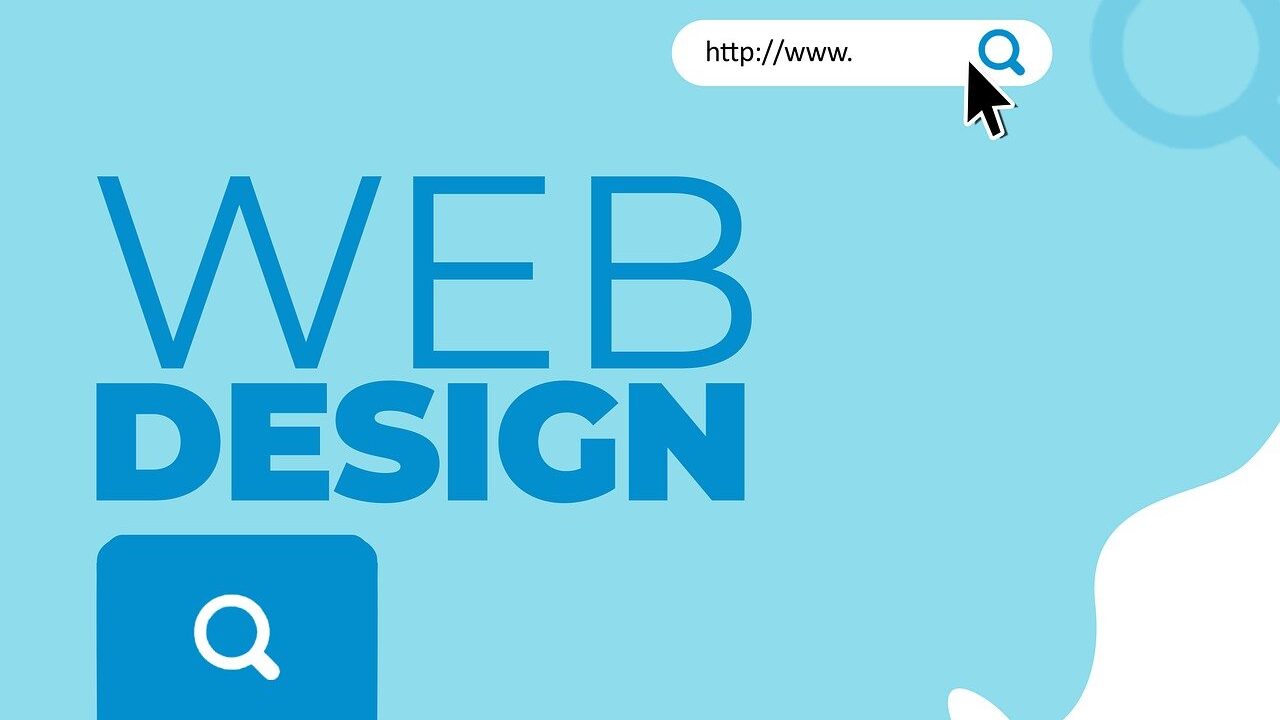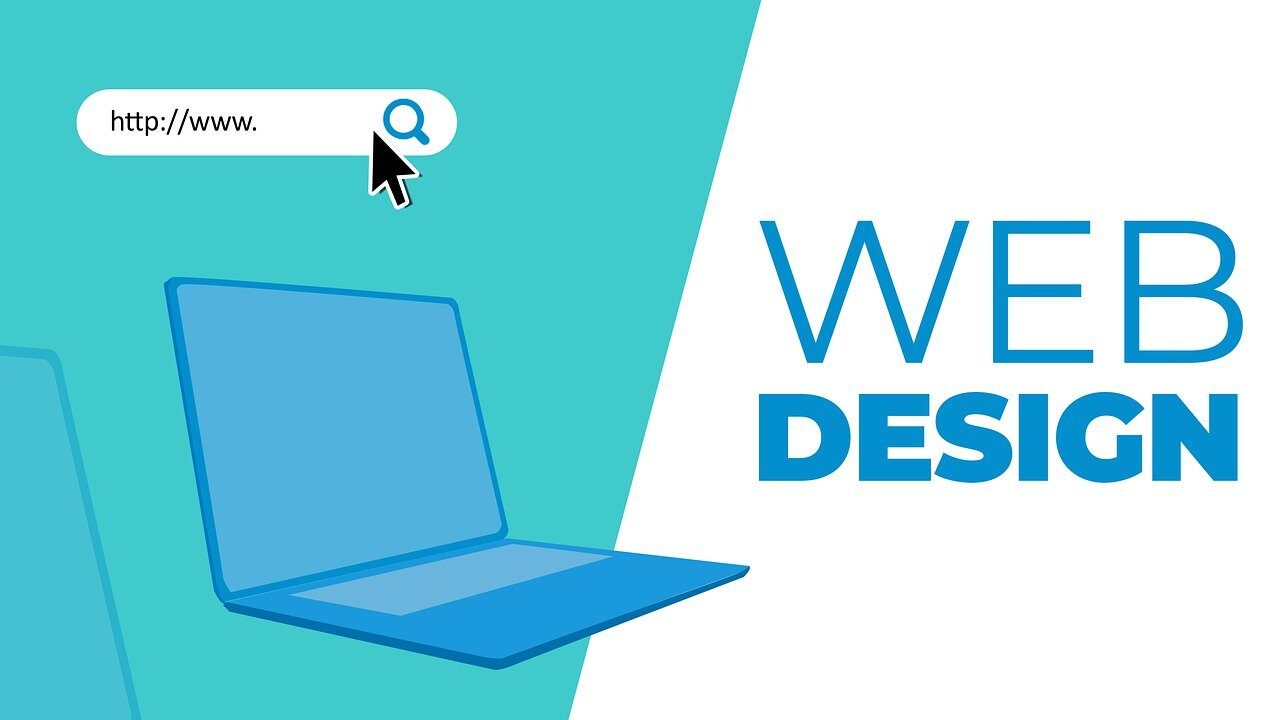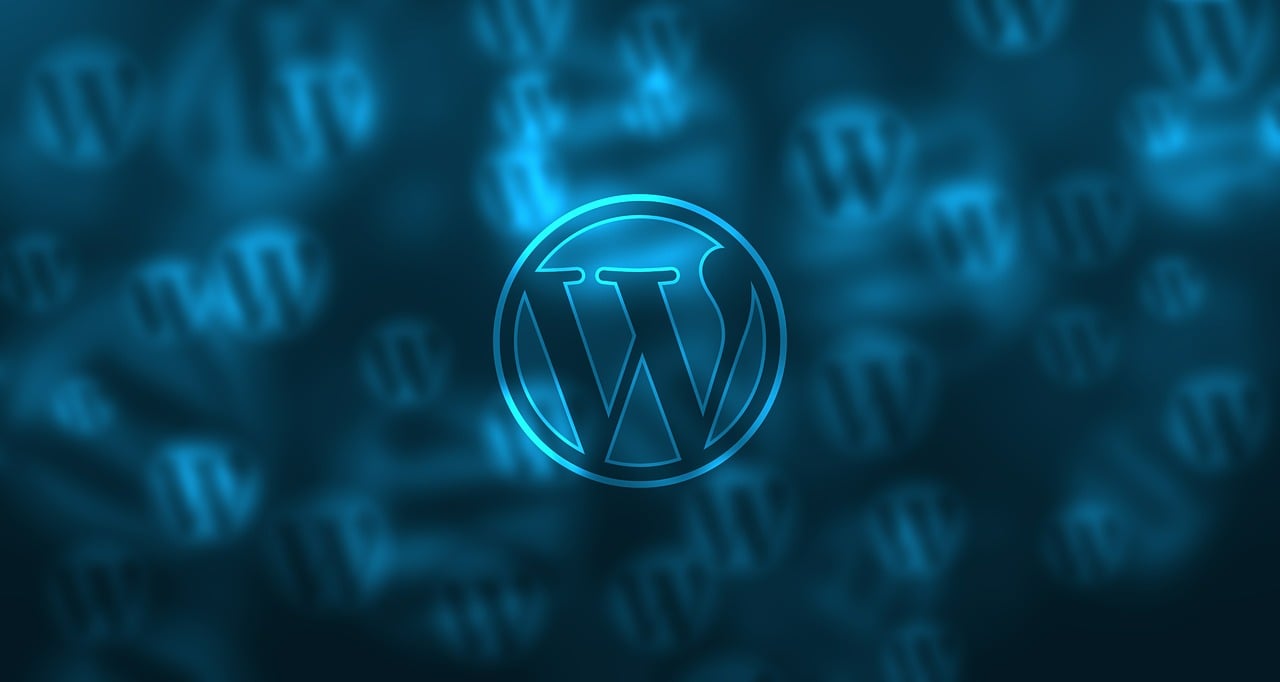Hashtags have broken into the digital space so great that they have influenced almost every behaviour that humans exhibit in the online space. Because of the impact of these hashtags, hashtag marketing has become a crucial aspect of boosting brand visibility.
All hashtags create a process that makes it easy to find contents that share a similar context, making it easy to group these contents and help the audience easily find them.
On a lot of social media channels, the use of hashtags is rampant. And you may have used a few of them in solidarity.
So, whether you’re a professional who understands hashtag marketing or you’re completely new to social media marketing, tracking your hashtags is one of the most important elements you must follow. By knowing the popular hashtags and how to drive people towards your content, you’ve started hitting it off correctly.
What is a Hashtag Marketing?
Twitter was the first social media platform to introduce hashtags in 2007. And the goal behind this introduction was to help them filter content easily that had quality user responses and reactions. By using hashtags, brand marketing became easy because of the large attention they garner. Ever since hashtag advertisements created a solid stance in social media marketing.
Hashtags act as keyword phrases or words which helps people to relate to everything about a particular concept. For example, #goal is related to soccer where all the people who want to discuss soccer can come under an umbrella who can discuss.
The sweet aspect of hashtag marketing is that you pay nothing for it. Unlike other marketing, you only need to invest a little time to draw the best hashtags with vast reach and relevancy. In the same way, you can use these hashtags for whatever you desire to tag. But while tagging with hashtags, you ensure you land on the appropriate page when you click on one.
What Metrics Are Used to Track a Hashtag?
If you want to track a hashtag, there are a good deal of metrics that will push for your attention. However, you need to know the right metrics that will help you get the best use of your hashtags. These metrics include:
Popularity
How well-known is the hashtag you’re using? Hashtags that are often used are also frequently searched for, so it’s a good idea to include popular hashtags in your article. You just want to make sure you’re not bombarding your followers with unrelated yet hot hashtags for popularity.
Reach
How many people are aware of the hashtags you’re using? If your reach isn’t very high, likely, you’re not employing the hashtags. Experiment with different strategies to see if you can improve the number of people who see your posts, such as utilizing a service like Sprout to identify relevant hashtags that are receiving considerable interest.
Interactions
Not only do you want to ensure that people are using and finding these hashtags, but you also want to ensure that they are interacting with them. Posting hashtag material that encourages users to retweet and share will help your campaign reach a wider audience.
Users
Who exactly is utilizing the hashtags? You want to verify that individuals in your target demographic are using and searching for the same hashtags as you are so that your message is heard.
What Hashtags Do You Track?
There are a lot of hashtags and trying to track all of them is not the best strategy because they won’t all be useful to you or what you seek to achieve. Hence, here are a few of the hashtags that are vital to your marketing campaign:
Content hashtags
Content hashtags are just keyword hashtags that you include at the conclusion or within your post. #digitalmarketing would be deemed a content hashtag when looking for relevant hashtags. Industry hashtags for your firm would also be content hashtags.
You’ll want to track these so that you know which are the most popular content hashtags to use when sharing content like a blog post or other industry-related news. Check tools like RiteTag to understand which content hashtags are the most popular and are seen the most often.
Branded hashtags
A branded hashtag is one that your company has established and promotes as a means for others to directly tag your firm. For example, @NIKE utilizes the hashtag #justdoit to market its product on Twitter.
A branded hashtag is frequently just your company name or your company name plus a term, such as your product or service.
Tracking this hashtag is a wonderful method to discover how many people are talking about your brand. To keep track of conversations centred on your branded hashtag, utilize a monitoring tool like Sprout Social’s Discovery function.
Trending hashtags
Check out your sidebar on Twitter’s desktop website or hit the magnifying glass button on the smartphone app to see which hashtags are trending. The platform will tell you how many people are talking about each hot topic, so you’ll know whether it’s worth adding to your content ahead of time.
Using popular hashtags in a way that is relevant to your content and consistent with your brand language can help your post gain viral attention. Check your Twitter report to observe how the effect changes from when you use your normal hashtags.
Event hashtags
If your organization is hosting an event, if your team members are attending an industry event or conference, or if you’re tweeting about a huge event taking place nationally or globally (for example, major sporting events), include the event’s hashtag in all of your postings regarding that event.
Live-tweeting is an excellent method to build buzz around your event and event hashtag while also increasing reach and interaction with your content.
Using a report tracker is an excellent method to assess how much engagement your event conversation created for your company and whether you could grow your reach, follower count, and other metrics. Social listening is a wonderful method to see how many other people were using the same event hashtag or discussing relevant subjects.
Campaign/ad hashtags
A campaign/ad hashtag is one that your firm generates for a particular campaign, launch, or digital advertisement. This aids in the creation of buzz about a certain action taken by your company.
Pepsi, for example, will use a different hashtag each time they promote a new drink.
If your organization is attempting to advertise the debut of a new product or service or is conducting a special campaign, establishing a new hashtag for your company and consumers to use is a fantastic way to spread the word. These hashtags are also excellent for tracking since they are so unique to the subject of each campaign as opposed to your recurrent brand or content hashtags.
Social listening is an excellent method for tracking the use of your campaign/ad hashtags and how well they are resonating with your target demographic.
How Many Hashtags Do You Use For Marketing?
The amount of hashtags you use is determined by the platform on which you are posting. In social media networks, there is no such thing as a one-size-fits-all hashtag approach. In fact, including hashtags in your postings is discouraged on several sites.
Facebook: 1-2 hashtags
Utilizing hashtags on Facebook may enhance the exposure of your content, attract new community members for your company, and increase your total reach. The easiest way to use hashtags on Facebook is to be particular and use only 1-2 hashtags that are genuinely related to the content of your post. When Facebook users browse a hashtag feed rather than their own newsfeed, they are trying to find and engage with the new content that is garnering this much attention.
Instagram: Up to 30 hashtags
Instagram posts enable you to share up to 30 hashtags, and it’s really advised that you utilize as many of those 30 as possible to optimize reach and interaction. This is why a business report is so useful—it reveals your outbound hashtag usage over the reporting period as well as which hashtags generated the most interaction.
Twitter: 1-2 hashtags
Including up to two hashtags in your tweets will more than quadruple your engagement. We’ll go over other sorts of hashtags to use (and track) in a moment, but keep this in mind whenever you’re going to tweet. However, using over two hashtags might reduce interaction, so limit your hashtag use to one or two.
LinkedIn: 2-3 hashtags
LinkedIn has only now incorporated hashtags to their site. However, unlike Pinterest, they have accomplished so while simultaneously developing a hashtag-focused search mechanism. This implies that using up to three hashtags in your company’s LinkedIn post might really help people locate your content more easily. Although there is no limit to the number of hashtags you may include in your article, we encourage sticking to two or three hashtags.
Pinterest: 0 hashtags
Pinterest launched a notable statement in 2018 about adding hashtag capabilities to its platform, but there isn’t enough data to illustrate the impact yet. However, like Facebook, this system’s search tool does not distinguish whether to look for hashtags or phrases. Rather than using a hashtag, we recommend just adding your keywords in the description.
Conclusion
Hashtag marketing cannot be ignored because of its tremendous impact, ease of running, and lack of mandatory fees. By simply following the trends, you would get a good understanding of the best hashtags that can make your content go viral, which will draw more leads to patronize the products and services of your business using social media.
Ensure you follow the guidelines surrounding the use of hashtags to get optimal results – ensure you’re not using more hashtags where it’s unnecessary and using fewer hashtags when you should use more.





